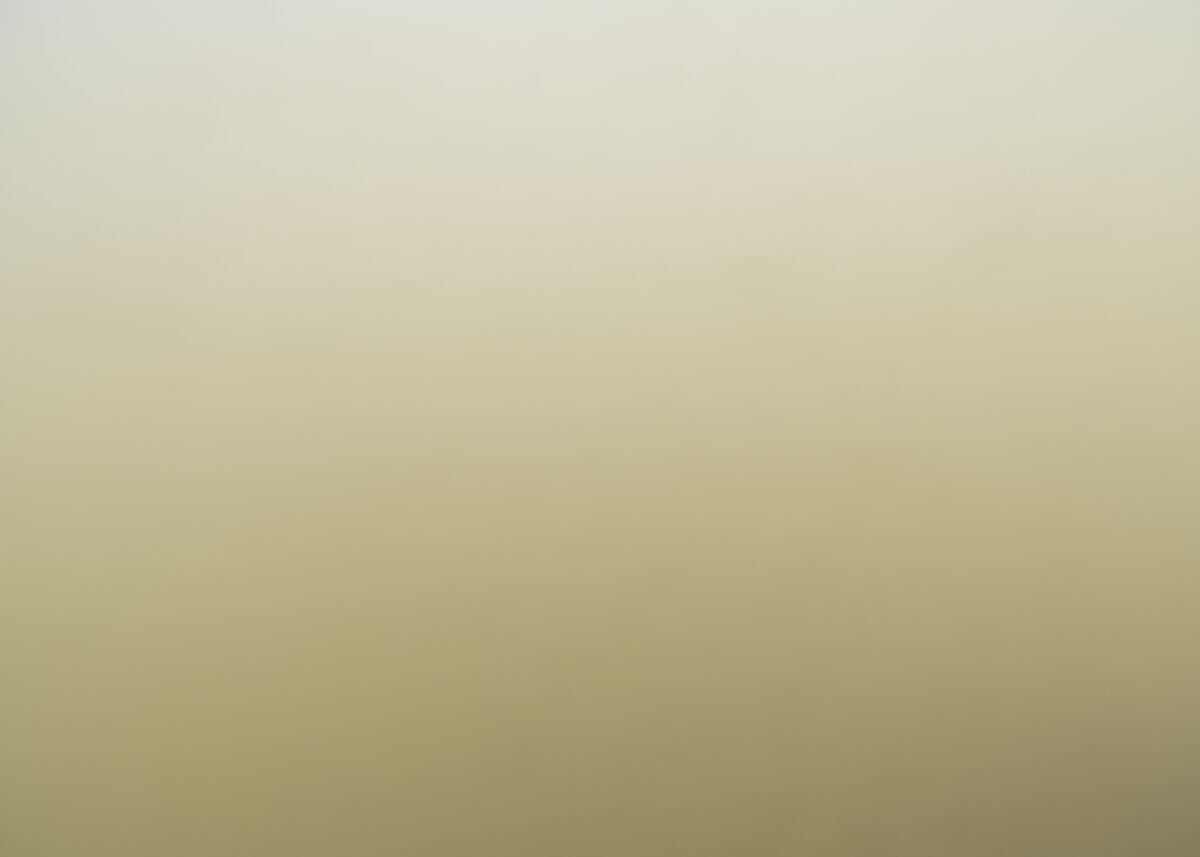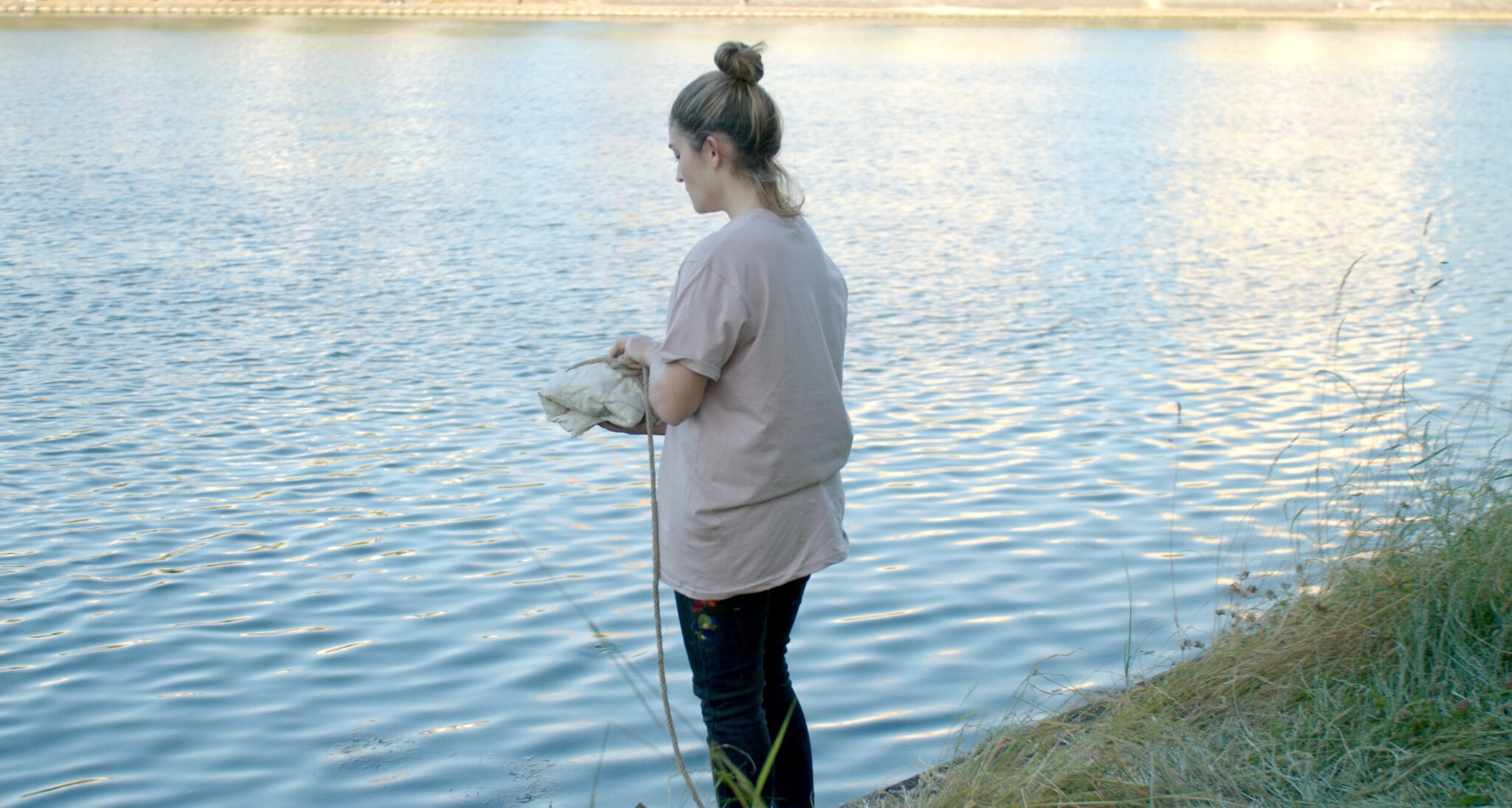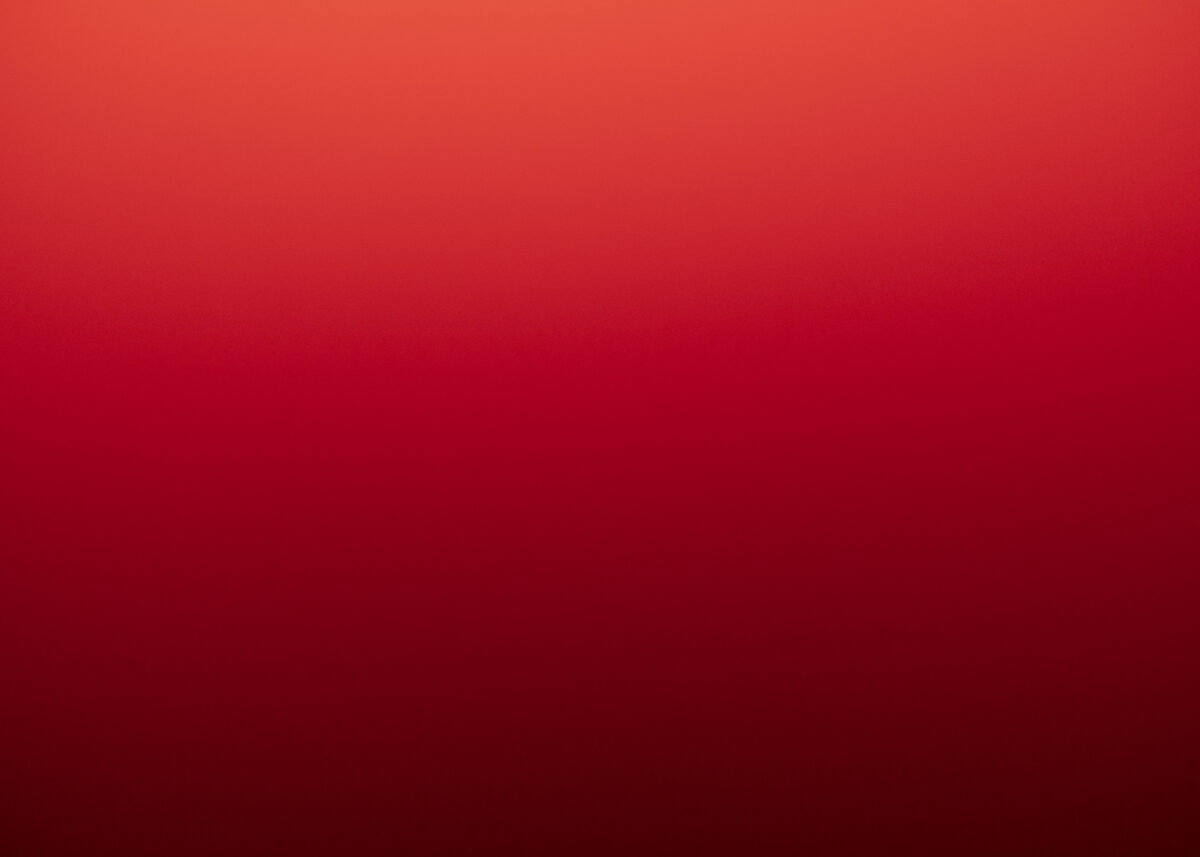
SANS RÉSERVE – 2025
COAL is pleased to announce the third edition of SANS RÉSERVE, the unmissable gathering for art and ecology, presented from…

The COAL 2024 Prize was awarded to Yan Tomaszewski for his project Sequana. Visit jury’s special prize was awarded to the collective C.A.R (Cellule d’Action Rituelle) for its project Un Cycle. For the 2nd time, two special mentions were also awarded: the mention Ateliers Médicis à Carla Gueye for her project Corps Immergés and the mention Centre WallonieBruxelles/Paris in partnership with the Centre Wallonie-Bruxelles/Paris to MITR collective for its project MITR (Made in the River).
Published on 8 October 2024
The prizes will be awarded on November 20, 2024, on the occasion of the second edition of SANS RÉSERVE, the new meeting place for creative artists committed to ecology launched by COAL at the Musée de la Chasse et de la Nature in Paris.
At a time when knowledge alone is no longer enough to motivate action, the COAL 2024 Prize Transforming calls for transformation from within, of the senses, of care, of the self with others and other than human. It’s a call to see culture as the breeding ground for our relationship with nature and, by the same token, our greatest asset in bringing about radical, sustainable change.
Discover the winner of the Student COAL Award.
YAN TOMASZEWSKI,
WINNER OF THE COAL 2024 PRIZE FOR THE SEQUANA PROJECT
Yan Tomaszewski is the winner of the COAL 2024 Prize for his multidisciplinary project Sequana which he has been developing since 2020.
Through it, he proposes a renewal of the imaginary of the Seine by reactivating the memory of another possible relationship with the river, based on dialogue, empathy, care and the protocol of gift and counter-gift.
Starting with the thousands of ex-voto offerings to Sequanathe healing goddess of the Seine, he embarked on a global, long-term project based on the creation of multiple processes: sculptures to purify the river and measure its pollutants; gestures of offering and neo-Pagan rituals; co-creation of a collective of Gardien.ne.s de la Seine around the attribution of a legal personality to the river, participation in activist movements fighting against a gigantic destructive project on the river’s banks, scientific collaborations, and finally the production of a film.
Two thousand years ago was worshipped Sequanathe healing goddess of the Seine.
Thousands of votive offerings in stone, metal and wood, representing parts of the body in pain – hands, feet, heart, lungs, etc. – have been found in the ancient sanctuary dedicated to her at her source in the Côte-d’Or region.
A mythologist, with whom the artist collaborates, has also statistically demonstrated the association between local figures of sauroctonic saints (the figure of the saint taming or killing a monster rising from the waters) and flood-prone areas along the Seine.
These saints, in charge of taming the river as an evil, meandering, untamable snake, thus appear as a metaphorical embodiment of all the artificializations that have made it possible to “channel” the course of the river, both literally and figuratively, ultimately transforming it into a fluvial freeway, suited to the movement of people and goods.
To go beyond this utilitarian vision, artist and filmmaker Yan Tomaszewski attempts to reactivate forgotten wisdoms by drawing on restorative and empathetic forms, gestures and ways of being.
Inspired by found ex-votos – myriad fragments of bodies bearing witness to a social body rich in a different relationship to the river based on care – he produces and activates healing sculptures that regenerate ancient gestures of offering, sacrifice and dialogue with the river.
These wooden sculptures are burned and transformed into activated charcoal, an ultra-absorbent material used for water purification.
Then, swaddled in shrouds, the sculptures are immersed in processions that contribute both symbolically and concretely to water purification.
Soaked in pollutants and impurities, these “martyred” sculptures are analyzed to reveal what their material has absorbed.
In addition to the biological pollutants particularly sought after as part of the Olympic Games’ utilitarian approach, numerous chemical pollutants were found, revealing the insidious, long-term impact on the health of river eco-systems.
The project Sequana project also involves long-term fieldwork with various communities, each establishing in their own way a specific and symbolically transformative link with the Seine.
In particular, the artist collaborates with neopagan circles who perform rituals of spiritual connection to the river through a series of gestures of celebration, care and offering.
His work also draws on another field of profound transformation of our representations: that of legal and political mutations relating to the rights of nature.
In 2021, in the wake of the struggles of indigenous peoples that led to the attribution of legal personality to rivers (in New Zealand and Colombia in particular), he co-founded, with lawyer Marine Calmet, the Gardien-ne-s de la Seine citizens’ collective(laseineencommun.org).
The collective campaigns for a new human organization compatible with respect for the ecosystems in the river’s watershed, and the protection of the rights of all beings, human and non-human, in the face of the consequences of climate disruption and the extinction of biodiversity.
Yan Tomaszewski worked with Soulèvements de la Terre Ile-de-France on the representations, myths and symbols linked to the Seine, to fuel the growing social mobilization opposing the Green Dock project, a mega logistics warehouse to be built on the banks of the Seine, opposite the Natura 2000 area of the tip of Île-Saint-Denis.
Yan Tomaszewski (France/Poland)
Born in 1984 in Seclin (Hauts-de-France), Yan Tomaszewski is a Franco-Polish artist and director.
His work touches on subjects as varied as the life of stones, neopaganism, cosmetic surgery, astrochemistry and psychoanalysis.
The hybridized body is the common denominator of his projects.
The forms he produces are part of a documentary process that combines fieldwork, studio work, writing and filming.
His sculptures often have a dual purpose: to be installed in an exhibition space or activated by performance or film.
Trained at the Beaux-Arts de Paris and the Studio national des arts contemporains du Fresnoy, his work has been shown at IDFA Amsterdam, FIFA Montreal, FID Marseille, the Centre Pompidou in Paris, the MAC VAL in Vitry-sur-Seine, the Ateliers Médicis, the Musée Carnavalet and the MAK Center for Art and Architecture in Los Angeles.
C.Δ.R (RITUAL ACTION CELL), WINNER OF THE COAL PRIZE SPECIAL MENTION OF THE 2024 JURY FOR THE PROJECT UN CYCLE
A collective and research unit formed in January 2019 by -h- and the Laboratoire d’Imagination Insurrectionnelle at the Notre-Dame-des-Landes ZAD, the C.Δ.R studies the question of ritual and the issues it raises in the construction of a territory and a community. By working closely with ZAD residents and developing practices that meet their needs for common action, the project aims in particular to develop a form of transmission of these experiences to nourish other possibilities, other tangibles, in other places.
“The sacred is not this big thing to bow down to, but what determines our values, what we’re prepared to defend.” Starhawk.
Activist artists Isa Frémeaux, Jay Jordan, Nathalie Gélard and Thibaud Guichard have fallen in love with the bocage of Notre-Dame-des-Landes, where they live, because they have defended it against a controversial project deemed to be climatically destructive: the construction of an international airport on 1,650 hectares of arable land and wetlands.
The struggle against the Notre-Dame-des-Landes airport will have lasted over forty years, mobilizing tens of thousands of people on the ZAD. Begun in the 1970s, when farmers refused to be expropriated from their farms, it ended in 2018 with the complete abandonment of the airport project by the state. During these years, convinced that to defend a territory, you have to live in it, a community of over 350 people lived in a resistant hamlet and developed a veritable laboratory of the commons, in symbiosis with the bocage.
Since 2019, the C.Δ.Rcollective has been designing collective rituals as healing tools for this polytraumatized community, which continues to live legally on these lands and to pursue a collective project of living differently. They would like to implement seven rituals to mark the passage of the seasons, as well as highlights and stories specific to this territory. Rituals are seen as ancient bio-technologies that hold together and accompany all forms of transformation, “containers of intention” that help communities through change, gestures that bind despite storms. Isabelle Stengers reminds us that there can be no commons without “commoning”, i.e. that commons are the fruit of practices, and that at their heart lie customs that need to be created and deployed, in a culture that has all but eradicated them.
Original expressions of human relationships, political tools as well as care tools, founded on freedom and spontaneity, the rituals experimented with by the C.Δ.R. take root and merge in play, forming a space of projection and invention for communitas – as opposed to societas. To this end, the C.Δ.R.. will be issuing a call for participation, as well as invitations to friendly thinkers, most of whom are familiar with the ZAD: Emilie Hache, Isabelle Stengers, Isabelle Cambourakis, Benedikte Zitouni, and Philippe Descola. During the Winter Solstice, an event of sharing and transmission will bring together residents of Notre-Dame-des-Landes, activists from different struggles and territories, people trying to inhabit otherments, and thinkers, to experience and share the transformative power of rituals.
The C.Δ.R (France)
Collective created in 2019. Lives and works at Notre Dame des Landes.
The C. Δ.R brings together the Laboratoire d’Imagination Insurrectionnelle and the collective -h-. The former, founded by Isa Frémeaux and Jay Jordan, is renowned for its art-activist actions, including mass disobedience on bicycles during COP15, recruiting an army of rebel clowns in the UK, building an illegal lighthouse in place of an airport control tower, and launching a regatta of rebel rafts to block a coal-fired power plant. They bring together artists and activists to co-design and deploy creative forms of direct action that are as joyful as they are politically effective. The second collective brings together Nathalie Gélard and Thibaud Guichard, and focuses on knowledge, both in its history and in its practice, as well as on the elements that tell the world’s story through a variety of media such as installation and publishing.
The Laboratoire d’Imagination Insurrectionnelle and the collective -h- are regularly invited to perform at leading cultural institutions such as: Centre National de la Danse (Pantin), FAI-AR (Marseille), Le Citron Jaune (Port Saint Louis du Rhône), Berliner Festspiele (Berlin), Kaai Theater (Brussels), Arts Admin (London), Tate Modern (London), Kampnagel Summer Festival (Hamburg)…
CARLA GUEYE, WINNER OF THE ATELIERS MÉDICIS AWARD FOR THE CORPS IMMERGÉS PROJECT
Women are often the driving force behind collective reparations and care, and it is their role and courage that Carla Gueye pays tribute to. Carla Gueye with her project Corps Immergés. Celui-ci prendra place au sein des mangroves de la petite côte du Sénégal, région où l’ostréiculture artisanale, activité économique prédominante, compte 90% de femmes pour main-d’œuvre. Ouvrant des possibles sur l’usage de matières naturelles dans la création, Carla Gueye has created a series of sculptures based on the reactivation of the neglected skills of artisanal oyster farming, allowing us to observe the free forms created by the birth of oysters according to the currents and the environment in which the pieces will be found.
Behind the fishing village of Joal-Fadiouth in the Sine-Saloum natural region, 120 km south of Dakar, the salt waters benefit from an exceptional mangrove ecosystem teeming with oysters. Senegal’s ancestral oyster farming activity has played an essential economic and social role in the development of local communities, mostly run by women in often difficult conditions. Passing on their traditional knowledge and know-how from generation to generation, they have also contributed to the preservation of mangroves by maintaining a traditional fishing industry. Today, however, mangroves around the world are disappearing at an alarming rate. According to the FAO, Africa has lost almost 500,000 hectares of its mangroves over the last twenty-five years. Senegal is one of the worst affected countries on the continent, with almost 40% of its area lost since the 1970s. It is against this backdrop that Carla Gueye wants to meet these women and explore the relationship between their bodies immersed in the water of the mangroves, and the natural spaces that surround them.
The artist will create sculptures using the traditional liming technique, which will be transformed as the oyster farmers manipulate and the young oyster spat aggregate on their surface. In this process of appropriation human objects by nature, Corps Immergés takes a broader look at how our interactions with the environment can change and shape us.
Carla Gueye (France)
Born in 1997 in Saint-Michel. She lives and works in Paris.
A multidisciplinary artist based in Paris, Carla Gueye graduated from the École Nationale Supérieure d’art de Cergy in 2022. Her work, which explores the intimate while questioning métissage, resonates with a plural family history enriched by three cultural spheres (Africa, Asia, Europe). As a member of the Afro-feminist collective NMT (Not Manet’s Type), she establishes a work of memory, the beginning of an exploration of these largely confiscated cultures from which she originates. Her aim is to develop an emotional “habitable art”, inseparable from life and as close as possible to a social and artistic ecology. In 2021, she created the Exhibe installation during an artistic residency at the invitation of griot artist Bocar Niang in Tambacounda (SN). More recently, she drew inspiration from the Kumpo, spiritual entities originating from the Sacred Forest in Casamance, in which she ornamentally employs objects from the everyday life of Senegalese women, such as the Bin bin (or body jewelry), a symbol of intimacy, for the Dakar 2024 biennial. Currently in residence at Artagon in Pantin, her work was notably discovered at the 100% 2024 Exhibition at La Villette.
MITR COLLECTIVE, WINNER OF THE MENTION CENTER WALLONIE BRUXELLES/PARIS FOR THE PROJECT MADE IN THE RIVER
MITR (Made In The River) explores the possibilities of collaborative creations between the Aygalades stream – which runs through Marseille’s northern districts, then empties into the sea north of La Joliette – and its riparian communities, with a view to transforming the future of the watercourse and our relationship with it. The project invites us to experience a complex ecosystem from a non-human perspective, based on the collection of hybrid materials shaped by contaminated water. Through plastic works, live performances, rituals and audiovisual creations, it bears witness to a history parallel to that of ecological disaster: that of the cunning, ingenuity and inventiveness of water.
Over the past ten years, the 17 km-long Aygalades stream has been the focus of numerous local initiatives aimed at renaturating its polluted waters and the ecosystem they feed. But, as in the myth of Sisyphus, regular clean-ups fail to stem the relentless accumulation of waste. While the feeling of powerlessness can fuel discouragement and ecological anxiety, the MITR proposes an original approach to reconnecting with the river and its non-human communities: learning to observe the river’s inventiveness, its ability to transform materials and adapt to the new ecological situation, as possible responses to environmental challenges. Constantly on the lookout for new materials, the MITR team collects the strange artifacts created by the river, the result of mixtures, hybridizations and reformations by the waters, in an ongoing process of creation and reappropriation of human productions. In both the riverbed and the public space, in collaboration with neighboring Aygalades communities, the artists stage this hybrid vitality in performances, workshops, sculptures and films. Their work is an invitation to become aware of the ambiguity and complexity of the state of the river, which despite being polluted still exudes a vital and magical force.
The MITR collective team is part of the Gammares collective, which brings together local residents, associations, scientists and artists to care for the river. Since 2022, Made In The River has been part of the ISEF (Informer, Sensibiliser, Eduquer, Former) program, financed by the EPAGE HuCA, to raise awareness of the Aygalades river in Marseille’s northern neighborhoods.
MITR collective (France/ Russia/ United Kingdom)
Collective created in 2019. The collective lives and works in Marseille and London.
Founded in 2019 by the three artists Charlie Fox, Chloé Mazzani and Bulat Sharipov, the MITR collective has set itself the mission of participating in the ecological restoration of this urban river which, running through industrialized territories, is particularly prone to chemical pollution and the accumulation of macro-waste. They collaborate with various cultural and social structures such as Association ATDQuart Monde, the Cité des Arts de la Rue, the Atlanta Design Festival, the Floating University in Berlin and Été culturel with the support of Drac Paca and the French Ministry of Culture.
AWARDS
– The winning artist of the Prix COAL receives an endowment of 12,000 euros and a creative residency at the heart of the Domaine de Belval, owned by the François Sommer Foundation, led by the scientific and educational teams of the Musée de la Chasse et de la Nature and the Domaine de Belval. Located in the commune of Belval-Bois-des-Dames, in the French Ardennes, the Domaine de Belval is a veritable observatory of rurality and wildlife, welcoming artists each year selected for their contribution to renewing the vision of the relationship between humans and their natural environment.
– The winner of the Jury’s Special Prize receives a prize of 3,000 euros.
– The winning artist in the Centre WallonieBruxelles/Paris category will receive 2,000 euros and will be invited to exhibit at the Paris institution.
– The winning artist of the Ateliers Médicis award receives a residency supported and managed by an artistic creation center in Clichy-sous-Bois and Montfermeil.
JURY 2024
COAL 2024 PRIZE PARTNERS
The Prix COAL 2024 is financially supported by the European Union via the Transformative Territories, Performing transition through the arts program , the French Ministry of Culture, the French Biodiversity Office, ADEME, the Musée de la Chasse et de la Nature, the Fondation François Sommer, the Fondation LAccolade, and in partnership with Ateliers Médicis, the Centre Wallonie Bruxelles/Paris and IHEPAT.
Transformative Territories
This Creative Europe 2024-2026 program, led by COAL with five European partners, explores the role of transformative arts and artistic practices on a territorial scale through transnational research-creation, collective events, support for a scientific committee, and the creation and dissemination of methodological tools.
The Ministry of Culture
Its mission is to promote artistic creation in all its forms, and to enable the democratization and dissemination of cultural works. It has supported the COAL Prize since its creation in 2010.
The French Office for Biodiversity (OFB)
The French Office for Biodiversity is responsible for protecting and restoring biodiversity in France and its overseas territories. It works to preserve life in aquatic, terrestrial and marine environments, thanks to the expertise of its 2,800 employees, including 1,700 environmental inspectors. This public establishment also works to mobilize a range of players, decision-makers and citizens around biodiversity: the State, local authorities, associations, companies, scientists, farmers, fishermen, hunters, nature sports enthusiasts, art world players…
ADEME
ADEME has been involved in the fight against climate change and resource degradation for 30 years, helping to shape national and local policies for ecological transition. As a French public body serving all stakeholders, ADEME’s mission is to accelerate the transition to a society that is more sober and inclusive, employment-creating, humane and harmonious.
The musée de la Chasse et de la Nature and the Fondation François Sommer
Recognized of public utility since its creation on 30th November 1966, the Foundation was created by François and Jacqueline Sommer, pioneers in the realization of a humanist ecology. Faithful to the commitments of its founders, it works for the protection of a biodiversity where man finds his rightful place, for the respectful use of the resources of nature and the sharing of the wealth of the natural, artistic and cultural heritage.
The Fondation LAccolade – Institut de France
The Fondation promotes artistic creation that is aware of its environment, and fosters approaches, projects and actions carried out by artists in connection with the themes of water, the environment, the fragility of the living and the feminine, through research and creation residencies, and exhibitions in France and the United States. In addition, she oversees the “matrimoine”, the legacy of women of historical or artistic importance.
Les Ateliers Médicis
Committed to the emergence of new, diverse artistic voices, and to supporting artists with singular, contemporary languages, Ateliers Médicis welcomes artists from all disciplines to its residencies, and supports the creation of works conceived in conjunction with local communities. They encourage or organize encounters between artists and local residents. Located in Clichy-sous-Bois and Montfermeil, in the outskirts of Paris (Seine-Saint-Denis), they occupy a building in construction. A large-scale facility with national ambitions will be built by 2025, reaffirming the place of artistic creation in the suburbs.
Le Centre Wallonie Bruxelles/Paris
Through its resolutely de-anctuarizing and A-trans-disciplinary programming, the Centre is mandated to disseminate and promote the work of artists based in the Wallonia-Brussels Federation. It thus promotes emerging and established approaches, from the peripheral to the established.
The Réserves Naturelles de France
(RNF) coordinates a national network of over 1,000 nature protection professionals, working on a daily basis in the territories where nearly 356 Nature Reserves exist. Their actions are based on three missions: the knowledge of the natural biological and geological heritage, its management and protection, the sensitization and the discovery by the citizens of these spaces of nature, life, meetings and creation. As an ambassador for nature reserves, RNF is the voice of nature, actively mobilizing all of society’s stakeholders, particularly in the field of culture.
COAL is pleased to announce the third edition of SANS RÉSERVE, the unmissable gathering for art and ecology, presented from…
COAL is delighted to announce the ten French and international artists nominated for the 2025 edition of the COAL Prize,…
COAL is delighted to announce the names of the students from French art and culture schools nominated for the sixth…


